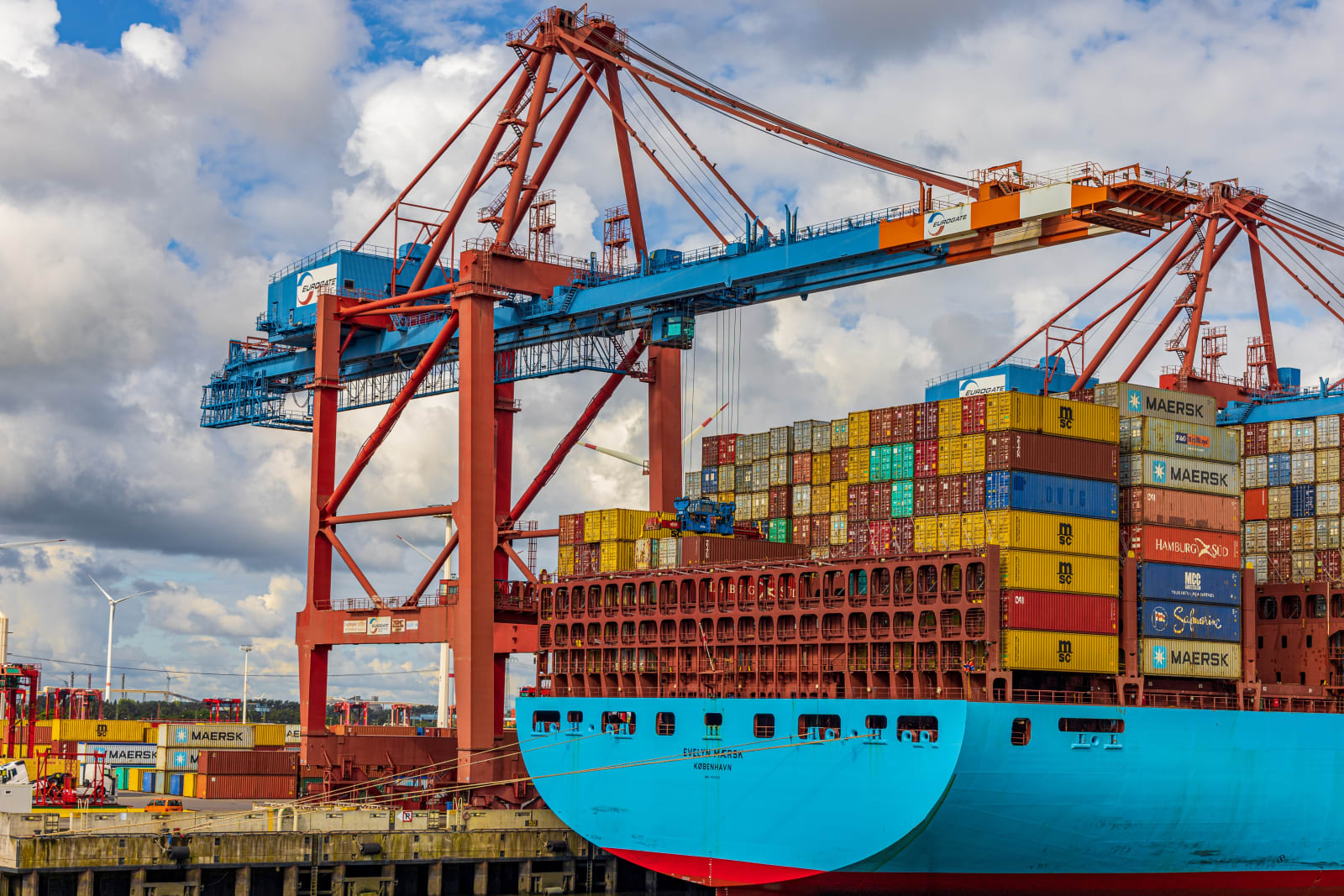What the Latest US Fed Rate Hike Means for Singapore
Federal Reserve chairman Jerome Powell signals his aim to crush inflation by raising interest rates for the third time in a row this year. This increase by 75 basis points augurs even more aggressive hikes ahead than investors had expected.
Officials forecast that the rates could reach 4.4% by the end of 2022 and 4.6% in 2023. This means a fourth straight 75 basis-point hike could be on the table for November, just before the US midterm elections.
Given Singapore’s heavy reliance on global trade, as well as the US dollar being the global reserve currency, this wave of monetary tightening by the Fed is sure to hit our shores. The question then is what effects will it have on us, and what can we do to stave off the worst?
What is the US Fed Rate?

The US Fed rate is basically the United States Federal Reserve interest rate, which is typically reviewed eight times a year by the Federal Open Market Committee. It is followed and referenced by banks in the US particularly when they provide loans to individuals, businesses and each other.
The US Fed Rate is a crucial tool that the US uses to stimulate (or de-stimulate) its economy. How?
When the US intends to stimulate its economy, the Federal Reserve will reduce its rate, resulting in low-interest loans being more available. This then encourages consumers and businesses to borrow money for housing, growth and expansion, spending, and other purposes.
With more money being borrowed and spent, that means there’s more money circulating in the economy. This thus stimulates the economy, creating other waves like employment and job creation, higher earnings and other positive developments.
Conversely, the US Fed rate rising means it’s more expensive to incur debt, which leads to borrowers becoming less willing to take out loans. Some might even become unable to repay their loans. Overall, this dampens the economy and can lead to other problems down the road.
There’s usually one main reason for the Fed to raise interest rates: inflation.
When consumers and businesses flood the economy with money thanks to low interest rates, prices of goods and services go up as there are more chasing the same amount of goods and services.
For the everyday person, inflation can mean a plate of chicken rice that used to cost S$2 now costing S$4. Over time, inflation erodes away your spending power and you’ll find that your wages can’t keep up with the rising prices.
Therefore, inflation needs to be kept within control for the economy to be robust. This delicate balancing act is maintained by the Fed (and central banks around the world) raising and lowering interest rates at the right time by the right amount.
Hence, whenever inflation gets too high, the Fed raises interest rates in an attempt to cool things down.
How Will Higher Interest Rates Affect Me?

Here are some ways you may be impacted by the US Fed rate hikes.
Slower Growth
A tighter monetary policy augurs slower growth as central banks around the world grow conservative in their lending.
Businesses will find it more expensive to borrow money and do business or pursue growth and expansion projects. This may result in lower earnings and revenue, which in turn impacts a company’s stock value. A lower stock value then affects market sentiment, and investors may decide to sell their shares and pursue a more defensive stance with their investment portfolio, increasing their ratio of bonds (relative to other higher-risk assets like equities) to protect their investments amid a market downturn.
As a result of all this uncertainty and massive sell-offs, stocks have become undervalued, i.e. trading below their value. This includes even heavyweights like Alphabet (parent company of Google) and Meta (Facebook).
More Volatility, Less Liquidity in the Market
As the market began to dip at the start of 2022 due to general fears of the impending rate hikes, stock investors braced themselves for short- to mid-term volatility. Many started selling off their holdings and sought safer havens, and this impacted even tech stocks, which were seeing high growth prior to this downturn.
With more conservative measures in terms of borrowing and lending, there will be less money circulating around the economy, i.e. less liquidity. More people might choose to park their money in the bank, especially with high-interest savings accounts or fixed deposit accounts that may offer higher interest. However, the interest rates offered are likely still below the inflation rate and so might not be enough to tackle inflation.
If you’d like to hedge against inflation, these investments might be able to help you.
Higher Cost of Borrowing
Higher interest rates means that borrowing money becomes more expensive. This means everything from personal loans to home loans, car loans, mortgages and credit cards becomes more expensive.
Going forward, households in Singapore can expect to pay more money to service their existing mortgages, especially those with floating-rate home loans. Here’s why.
The benchmark for mortgage and home loan rates in Singapore is based on the Singapore Overnight Rate Average (SORA) and Singapore Interbank Offered Rate (SIBOR).
Unlike most central banks around the world, which employ contractionary monetary policy (i.e. raise interest rates), the Monetary Authority of Singapore (MAS) raises its exchange rate to fight inflation. By appreciating the Singapore dollar, it aims to reduce import-led inflation and reduce the need for banks to raise interest rates.
However, Singapore’s interest rates are still determined by the global interest rate. Therefore, households may still be impacted by the rising cost of loans (including home loans with floating rates) on top of the general rise in the cost of living.
Higher Unemployment Rate
Workers and regular employees, brace yourselves for potential layoffs and a tighter employment market.
This is because businesses and corporations tend to react to contractionary monetary policies by being more cautious in their growth and expansion plans. Such plans often rely on borrowed money, so when they get shelved or halted, it sets off a wave of effects like headcounts and salaries getting frozen, marketing and advertising budgets being reduced, and other cost-cutting measures being implemented. Worst hit companies may even have to reduce headcount and let go of staff.
Companies may also have to try to do more with less resources and capital to stay afloat, which can lead to a more demanding work environment and reduction in benefits on top of fewer job opportunities available.
All this also extends to self-employed workers, freelancers and entrepreneurs. They may in fact feel the effects more keenly as businesses cut back on spending and engaging external help as a result of the interest rate hikes.
What Can I Do To Protect Myself?

First and foremost, reduce or clear whatever debt you have. With higher interest rates, debt becomes more expensive so it’s best to rid yourself of it as much as possible.
Credit cards have the highest interest rates among all other debts (the average interest rate is a whopping 25%!), so if you have an outstanding balance, it will only become harder to clear them.
A balance transfer loan can help to consolidate all your credit card debt so that you can pay them off in interest-free instalments. And if you are currently servicing a bank mortgage, look out for opportunities to lock in any favourable rates that you come across. This helps to fend off future rate increases.
Read Also: Best Balance Transfer Loans 2022
On top of that, since US fed rates typically impact local mortgage rates, refinancing your mortgage loan can help you lock in favourable rates. Alternatively, you can go for cheaper ones for lower mortgages down the line.
Diversifying your portfolio is also an astute way to safeguard your money. While tech stocks may be taking a huge tumble at the moment, other markets and assets may be staying the course or even seeing an uptick in performance. For instance, bonds and commodities (e.g. gold, precious metals, wheat, oil and natural gas) are proving their worth against a shaky market.
Lastly, if you’ve been intending to switch jobs for a while now, it’s time to step up your job search and entrench yourself in your new role as quickly as possible. Otherwise, devise a way to increase your value and visibility at work so that you won’t be the first to go if your company hits a rough patch.
What’s Next?

The US Fed rate hikes will inevitably bring some challenges to Singapore’s economy, and 2022 may be defined by market upheavals and corrections, and perhaps even the start of a global recession.
The mixed market outlook may indicate and in turn result in great uncertainty and volatility, particularly in the short to mid-term. Riding out this dip and holding off any major moves until some clarity and stability return may just be the prudent thing to do, especially if you have a low risk appetite.
One heartening thing to note is that Singapore is a well-established economic hub that diversifies its investments and growth plans, which makes it relatively resilient to what’s happening in the US. We may not fully escape the effects, but we also aren’t directly and wholly impacted by them.
So if the impending recession is getting you down, remember that even a bear market can make you money if you understand the merits of value investing or keeping an eye out for opportunities that might pay off in the future. The key, as always, is to have patience and stay the course.

